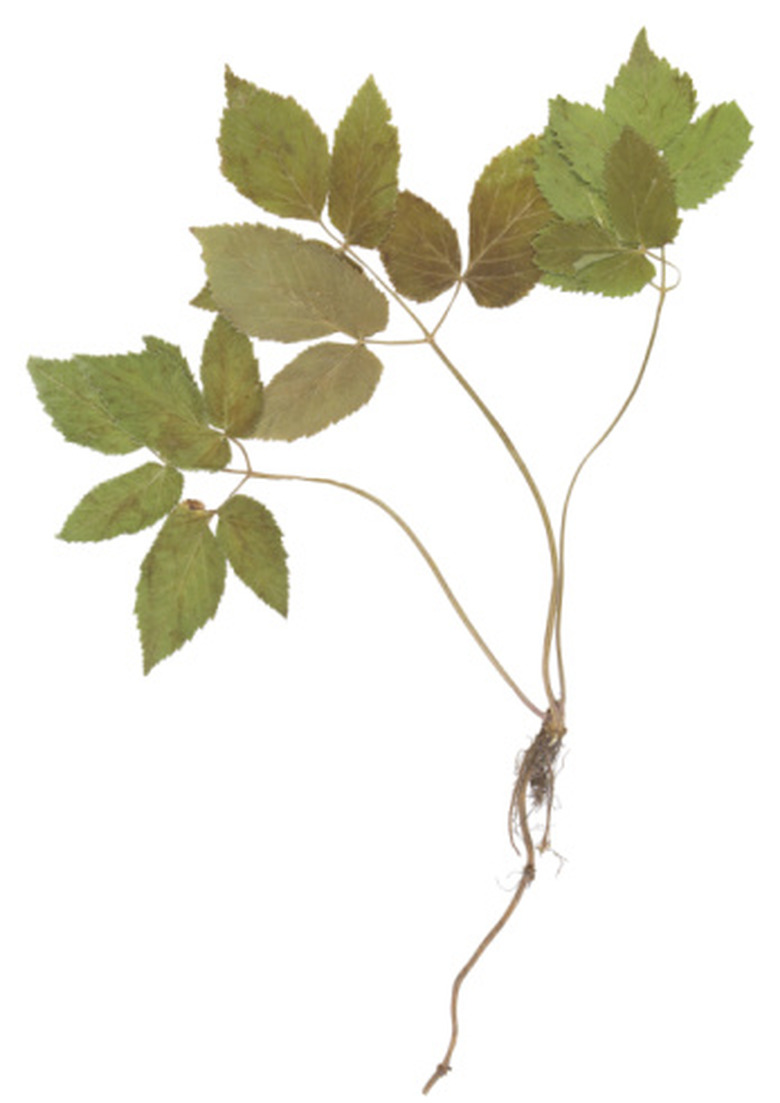How To Tell The Difference Between A Tree & A Weed
While the term weed is usually used to mean an undesirable plant, it is often location specific. Some plants considered weeds–dandelions, for example–are also used for commercial purposes. Trees can be considered weeds if they are growing in an area you don't want them to grow. Most trees and weeds, however, are easily distinguishable. If you come across a plant you aren't sure of, don't pull it out until you know if it's a tree or a weed.
Step 1
Look at the base of the plant. If there is a woody stem, the plant is probably a tree. If there is a thick green stem, the plant is probably a weed.
- While the term weed is usually used to mean an undesirable plant, it is often location specific.
- If there is a woody stem, the plant is probably a tree.
Step 2
Examine the leaves on the plant. Small trees will have leaves at the end of the branches that are the same shape as the tree when it is fully grown. Weeds have large or small leaves on the main stalk that usually fan out.
Step 3
Check the location of the plant. Trees usually grow where there are similar trees nearby. If a tree of the same type is growing close by, the plant could be a tree. If there are no trees of that sort growing close by, the plant may be a weed.
- Examine the leaves on the plant.
- Small trees will have leaves at the end of the branches that are the same shape as the tree when it is fully grown.
Close Does Weed & Feed Have To Be To Hurt A Tree?
Weed and feed sounds like a dream product: kill weeds and fertilize you lawn with one quick application. The size of a tree's root zone varies by the tree. This is especially tree of thick, long-rooted trees such as maples, willows and poplars. Tree roots generally only sit 8 inches or less below the surface, so if you apply and chemical to the surface grass, it will inevitably sink down with water to the roots of the tree. When in doubt, don't apply weed and feed fertilizer anywhere under the branches of your tree. In general, most pre-emergent herbicides, which are designed to prevent weeds from sprouting, are safe to use near trees since the dose of chemical is not as strong.
